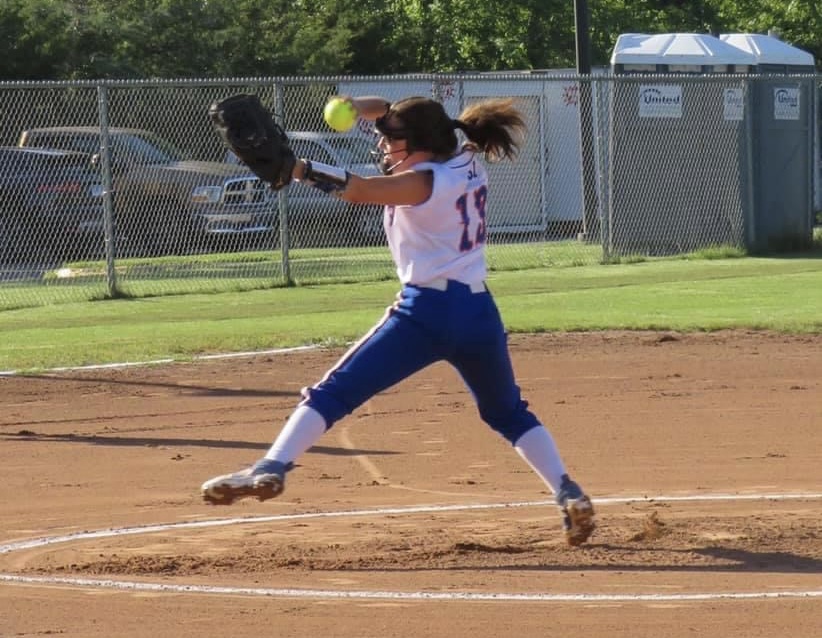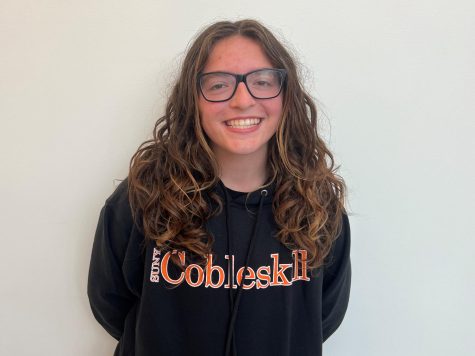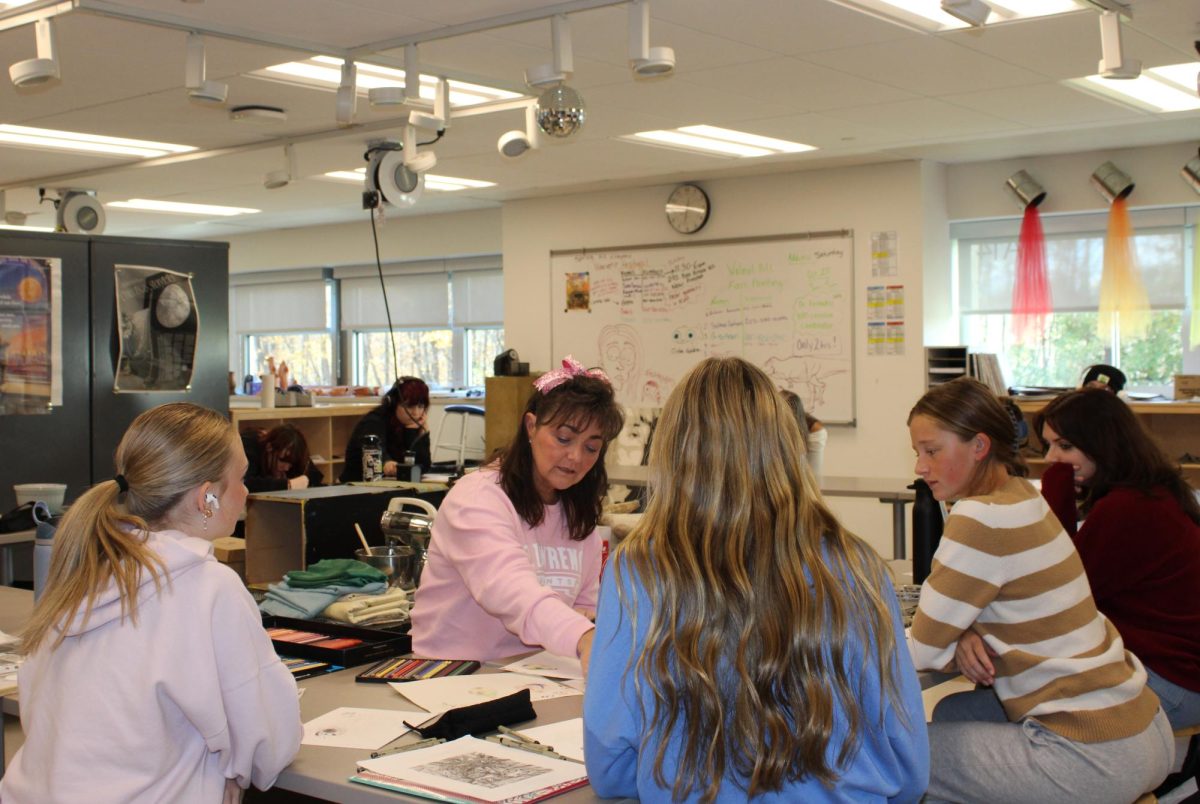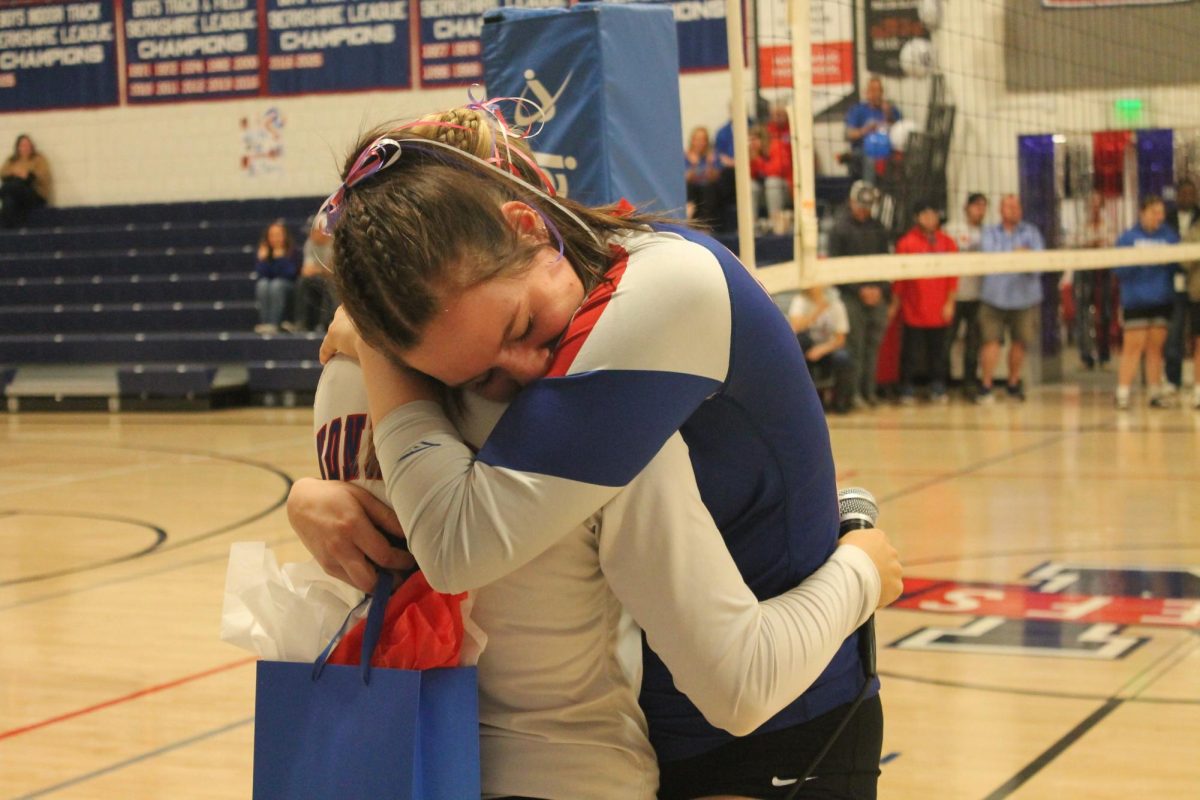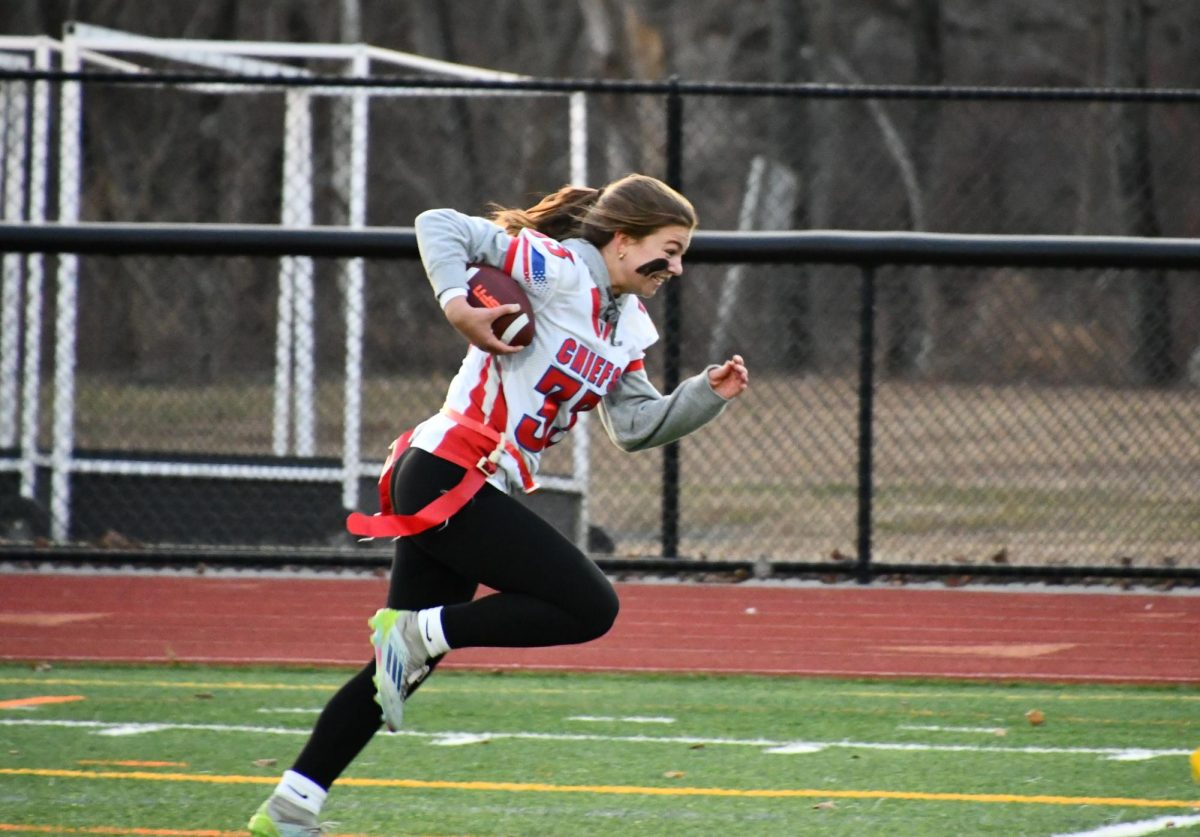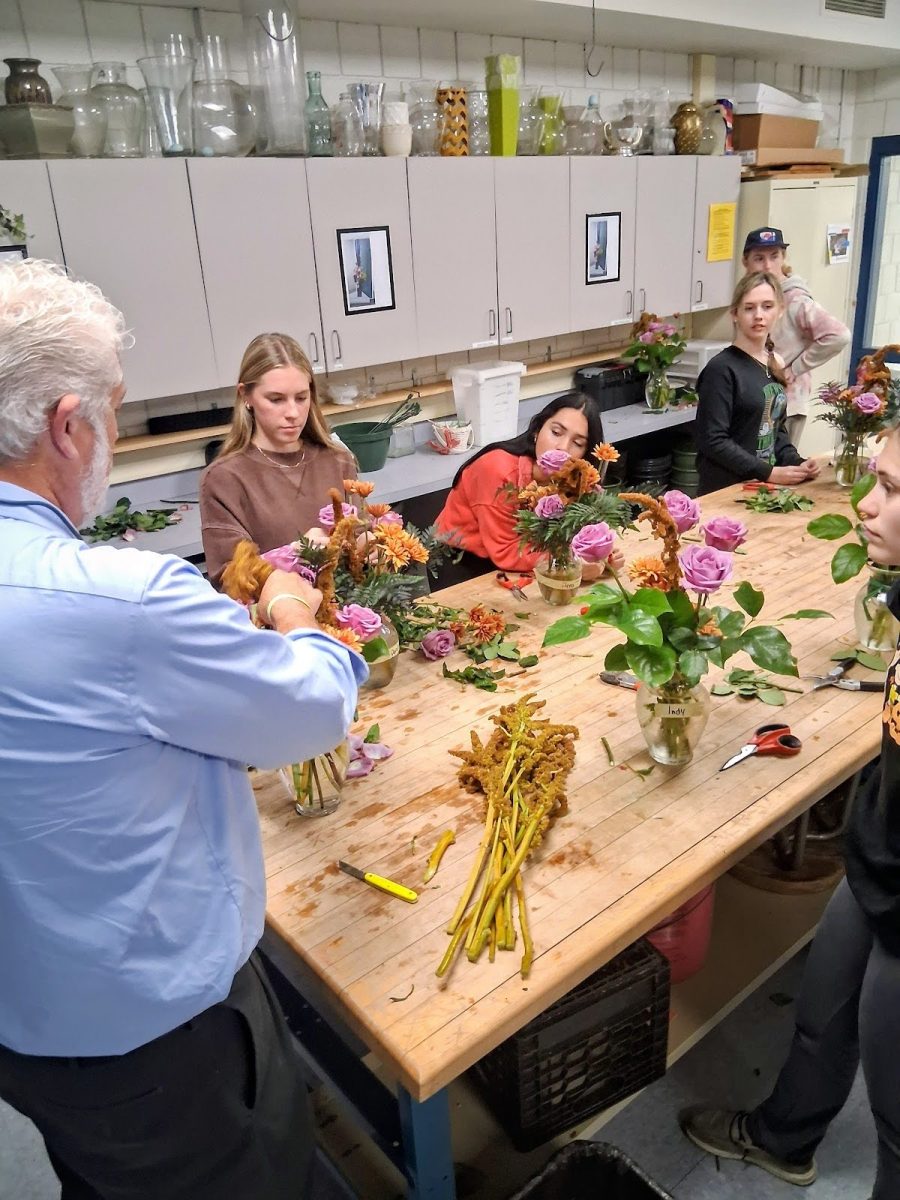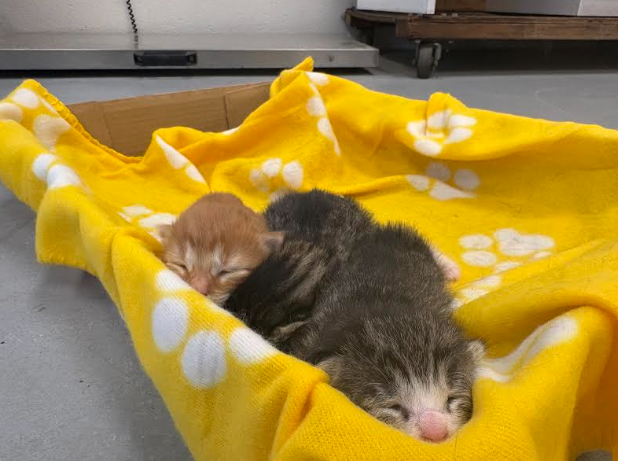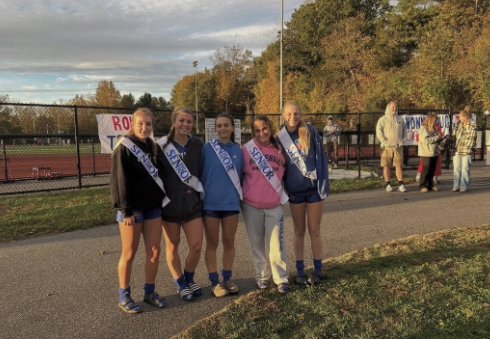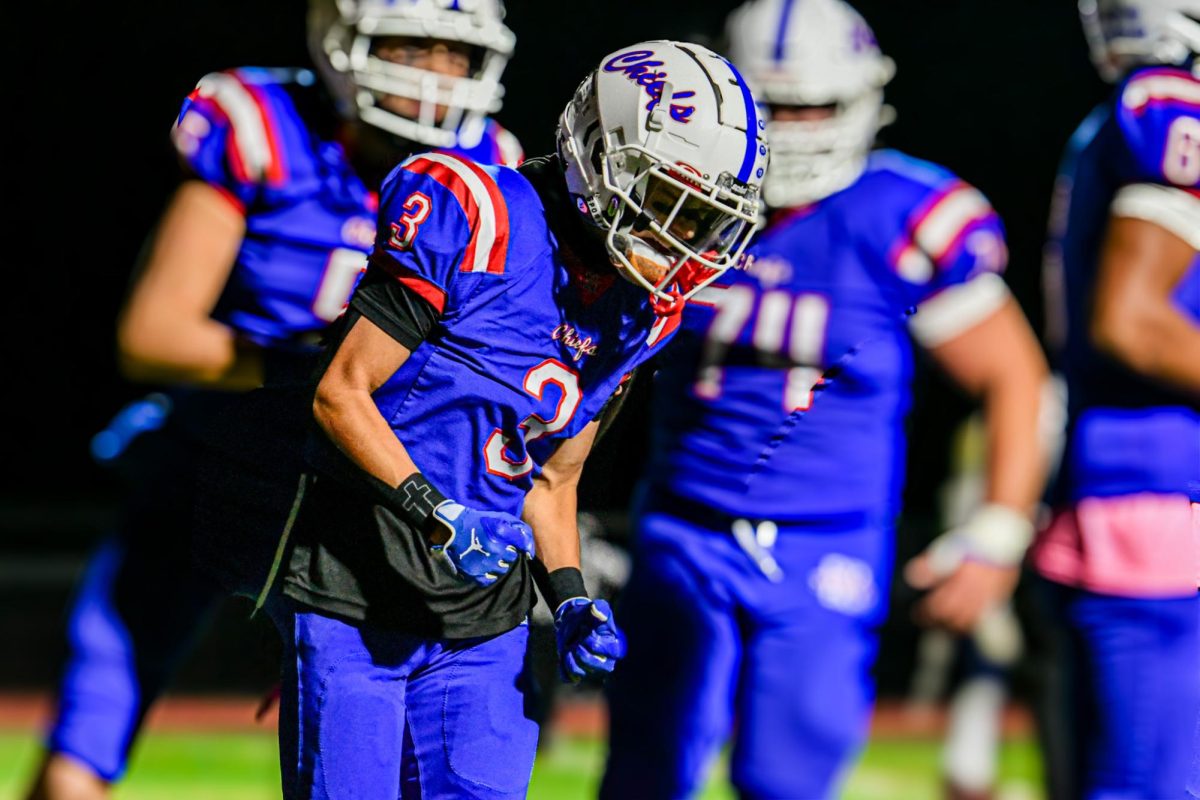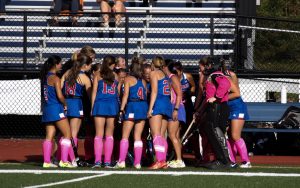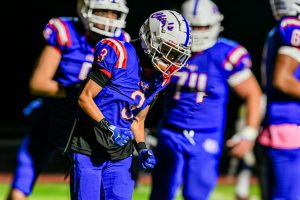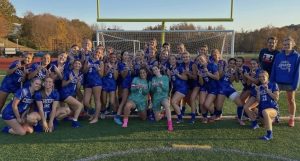Orosz: Straightening out the Facts of Scoliosis and Athletics
Many people think a scoliosis diagnosis means you are unable to play sports; athletes with the condition have continued to prove them wrong, from the high school level up to the Olympics.
March 14, 2022
WOODBURY — Do you remember in middle school when you got called down to the nurse’s office in groups for scoliosis testing? Most people do. You change into a hospital gown, put your feet together, bend down and touch your toes. The nurse then feels your back, tells you you’re good and then you go back to class. What was she even checking?
Scoliosis is defined as an abnormal lateral curvature of the spine greater than 10 degrees.
I wasn’t caught by any of the school nurses in elementary or middle school. There was and always has been a stigma surrounding scoliosis. You can’t do sports; you’re deformed if you have it; you have to be born with it; you can’t all of a sudden get it.
I thought I could never have it because I felt fine. It was December 2017, and I was in seventh grade when I got the news.
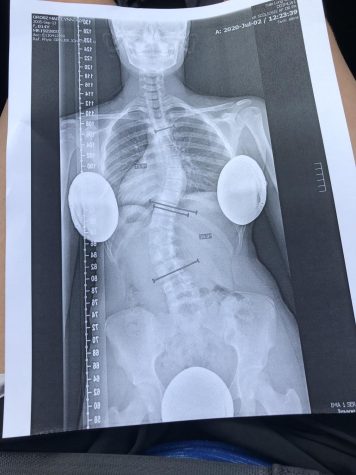
The diagnosis was confirmed: idiopathic scoliosis. Idiopathic means there is no known cause of how it developed; it just happened. I was so scared — I didn’t want to give up sports. My doctor informed me that I didn’t have to give up sports, but I did have to wear a brace while sleeping to prevent the progress of the curve.
I wore the sleeping brace for almost three years each night after I got home from all my sports. Once I was told I was done growing, the brace no longer served its purpose, so I stopped wearing it to bed. I still continued to play sports.
The biggest stigma around scoliosis is that you can’t play sports with the condition. That is simply not true. The worst thing someone with scoliosis can do is live a sedentary lifestyle.
“The doctors aren’t making this a handicap or a disability when a child gets diagnosed and referred to a spine specialist,” says NHS nurse Sandra Snabaitis.
The world’s fastest man, Usain Bolt, has a 40-degree curve and has shown the world that it is possible to do sports with the condition.
However, scoliosis is painful; some days are better than others. One day you can feel great, and another you can barely be able to bend down enough to unplug your phone charger.
Being a three-sport athlete, you hope to have more good days than bad days. On the good days, you can’t even tell I have scoliosis unless it’s swim season and you see my uneven shoulders or waist, and raised back muscles where my spine is when I get up on the block for a race.
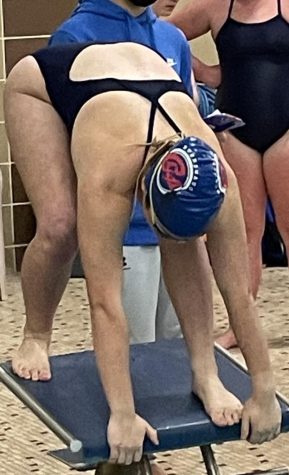
On bad days, they can range from slight discomfort when fielding ground balls at softball practice to major pain when diving for balls at volleyball practice. Just like Olympic athletes, you still need to be able to perform on bad days. Taking extra time to warm up is important when dealing with a bad scoliosis day.
“I focus on pain management when dealing with scoliosis patients,” says NHS athletic trainer Sean McGee.
Stretching and warming up slowly is key to managing the pain that can come with scoliosis. I personally try to make sure my core stays as strong as possible to prevent bad pain days before they come.
“I’ve had quite a few athletes with scoliosis,” McGee said, recalling treating an athlete a few years ago. “He had spinal fusion and we basically focused on core strengthening and stretching.”
Very few athletes end up getting to the point of spinal fusion due to the advancements in bracing and physical therapy options. For a majority of athletes, pain management is the most important strategy to ensure they can perform their best.
My word of advice to fellow athletes who are battling their scoliosis silently is to keep proving the stereotypes wrong. Make that game-winning layup, drop that time, hit that home run. We can work together to break the stigma on scoliosis and athletics.



